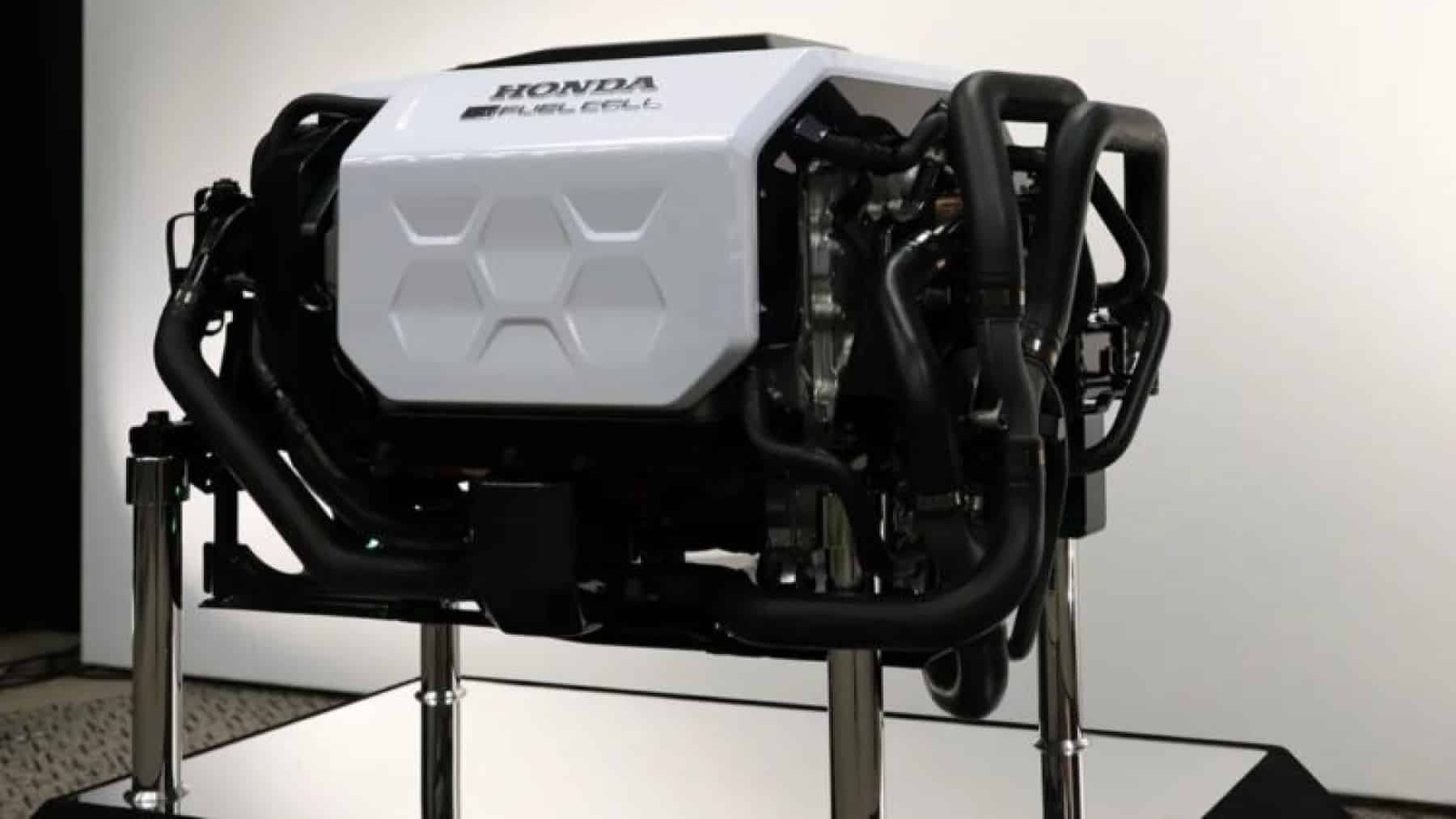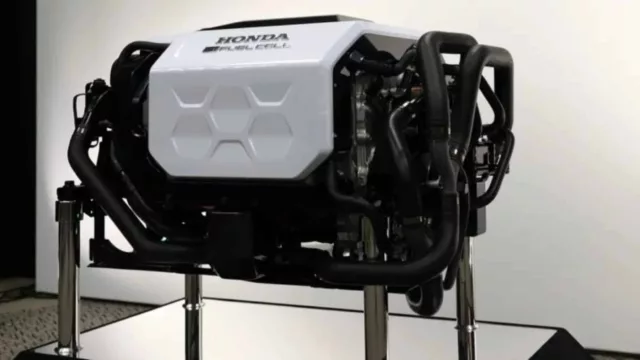
Cutting-Edge Technology and Performance: Here’s What Sets the 2025 Honda CR-V e:FCEV Apart
The 2025 Honda CR-V e:FCEV is an example of Honda’s automotive engineering and distinctiveness, given the company’s passion for technology and invention. But the brain and soul of this first-ever automobile are the second-generation Honda Fuel Cell Module built in FCSM, LLC in Michigan. The new fuel cell system is undoubtedly a vast improvement over the last, boasting more excellent sturdiness, increased proficiency, improved refinement, and a reduced price tag.
It has an EPA-rated extended driving range of up to 270 miles without having to plug in through the use of hydrogen fuel cells and plug-in charging. With up to 29 miles of all-electric range from its plug-in capability, the CR-V e:FCEV. Choong and Shin additionally stated that FCEV is suitable for daily use with flexibility in commuting and even long-distance travelling.
The powertrain of the CR-V e:FCEV The essential electric motor is located in front of the vehicle and has a capacity of 174 horsepower and 229 pounds of torque—undefined torque for fast spinning and efficiency when responding to the commands given with the throttle control. In regard to the body and suspension systems, Honda engineers have worked hard to achieve an athletic feel while still providing comfort. The ability to select four modes, including Normal, Eco, Sport and Snow, facilitates its use in various situations based on the driver’s choices.
America as a Contender in Clean Energy Vehicles: The Significance of the CR-V e:FCEV Launch
One of the most significant aspects of the 2025 Honda CR-V e: FCEV is its unique selling point in being the only fuel-cell electric passenger vehicle produced in America. Made at the company’s Performance Manufacturing Center in Marysville, Ohio, this car is an embodiment of Honda’s commitment to investing in American production and research. The production of the CR-V e:FCEV The utilization of FCEV in the United States not only stresses employment opportunities for Americans but also marks America as a global hub for the production of hydrogen fuel cells.
It has been evidenced by the cost reduction and technological enhancement achieved by both Honda and General Motors when they jointly developed the next-generation Honda Fuel Cell Module. This cooperation benefits from the expertise of the two companies, and this leads to cost savings of two-thirds of the fuel cell system size used in the previous model of the Honda Clarity Fuel Cell.
New Fuel Cell System and Plug-in Charging: The Features That Make the CR-V e:FCEV Stand Out
Honda’s CR-V e:FCEV shares its vision of “Triple Action to Zero”, which means that every product should become carbon-neutral by 2050, particularly stressing the concepts of zero-emission vehicles and sustainable product life-cycle. Fuel cell technology is not limited to use in passenger cars but can power commercial vehicles, power plants, construction equipment, and other applications.
Currently, Honda has unveiled a stationary fuel cell power station for over 99% non-emission backup power being tested in California. Indeed, the development of hydrogen fuel cell technology brings opportunities for clean energy innovation in many sectors. Suppose Honda continues to seek external business opportunities for fuel cells. In that case, we may observe increased use of hydrogen solutions across various industries, thereby decreasing the dependency on fossil fuels and enabling sustainability.
In summary, the 2025 Honda CR-V e: FCEV is a significant step forward in clean energy vehicles and the future of automobiles in America. Instead of deeming the U. S. as ‘the most powerful’ or ‘the final of China’, it puts the U. S in a competitive field of green transport. Continued investment in hydrogen fuel cell technology and increased automobile manufacturing in the United States display possible future leadership in this sphere. It could change multiple industries and how we think about and implement energy and transport in future, not only automotive.
Source: coachesdatabase.com









